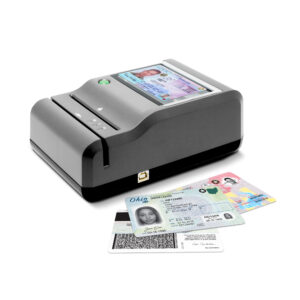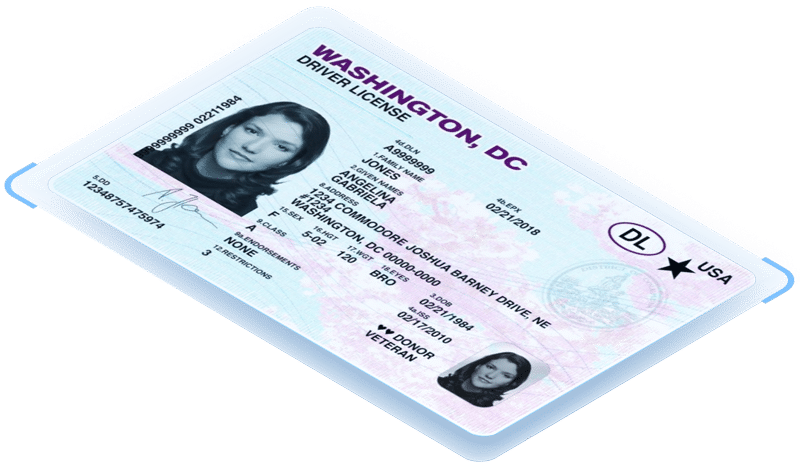Last updated on March 19th, 2024 at 02:42 pm
Many of our customers reach out out to our team looking for TWAIN compliant scanners. Here is a quick guide to TWAIN – how it is used, which ID scanners can utilize TWAIN
What is “TWAIN”?
TWAIN is an acronym that stands for “Technology Without An Interesting Name” (yes, really). It was first released in 1992 by a group of imaging companies.
TWAIN is a standard for communication between software applications (like VeriScan) and imaging devices like ID scanners, digital cameras, copy machines, etc. The TWAIN standard ensures that these devices can be easily integrated into software, and allow for users to import the images and files captured with the imaging device directly into their application.
TWAIN is just a developer tool, not a workflow. There is no regulating body or standard, or stamp of approval that a particular ID scanner is “TWAIN compliant.” However, most commercially available ID scanners use the TWAIN standard because it means that they can be easily integrated with a variety of software applications, making them more commercially attractive.
What is the TWAIN standard?
There are a few key elements of the TWAIN standard, though different products may implement them differently.
TWAIN standards will have a driver (or firmware) that is installed which allows the computing device to read data and images captured by the hardware. This is standardized.
TWAIN standards will have an API with a standardized set of commands and functions that can be used to communicate with the imaging device. The API allows developers to create code that can then be used with a variety of devices, without having to rewrite code for every ID scanner they integrate with.
TWAIN standards govern the protocol for transferring image data from the device into the application. The latest TWAIN release was in 2022 and is 2.4.
Are there security benefits to using TWAIN compliant scanners?
No. TWAIN simply makes it easier to connect an imaging device to software. It does not have any enhanced security protocols or privacy standards.
Are there alternatives to using TWAIN when integrating an ID scanner?
While TWAIN is useful, it is actually a relatively old protocol, and many customers find it to be slow. It is always faster to integrate an imaging device via direct SDK. This is both more secure, and will result in much speedier transfer of data and images between the device and the software.
With an ethernet connection between the imaging device and the software, a TWAIN driver is not needed as a different, more efficient data transfer protocol can be used.
Which ID scanners does IDScan.net offer that are TWAIN compliant?
Only one of our ID scanners can utilize TWAIN. Most modern scanners use ethernet, SDKs, or another method (not TWAIN) to transfer images and data, so newer edition ID scanners typically do not offer TWAIN.
Digital Check SmartSource check scanners, which can be used to scan IDs for banks and credit unions, also use TWAIN for image transfer.
Which industries frequently use TWAIN?
Legacy industries are most likely to use TWAIN protocols, including:
- Healthcare. TWAIN is often used to digitize patient records and EHR files.
- Law firms. TWAIN is often used for scanning and archiving of documents.
- Casino & gaming. TWAIN is used for transmitting ID images into player tracking and incident management systems.
- Government. TWAIN is used in many instances in government and law enforcement settings.
Despite its age, TWAIN remains a significant and widely used standard for imaging device integrations.
Download TWAIN driver
The generic TWAIN driver can be downloaded here.
More information about TWAIN
Contact us if you have questions about which ID scanners can be used with TWAIN, or alternatives for using TWAIN to connect your ID scanners with software applications.









